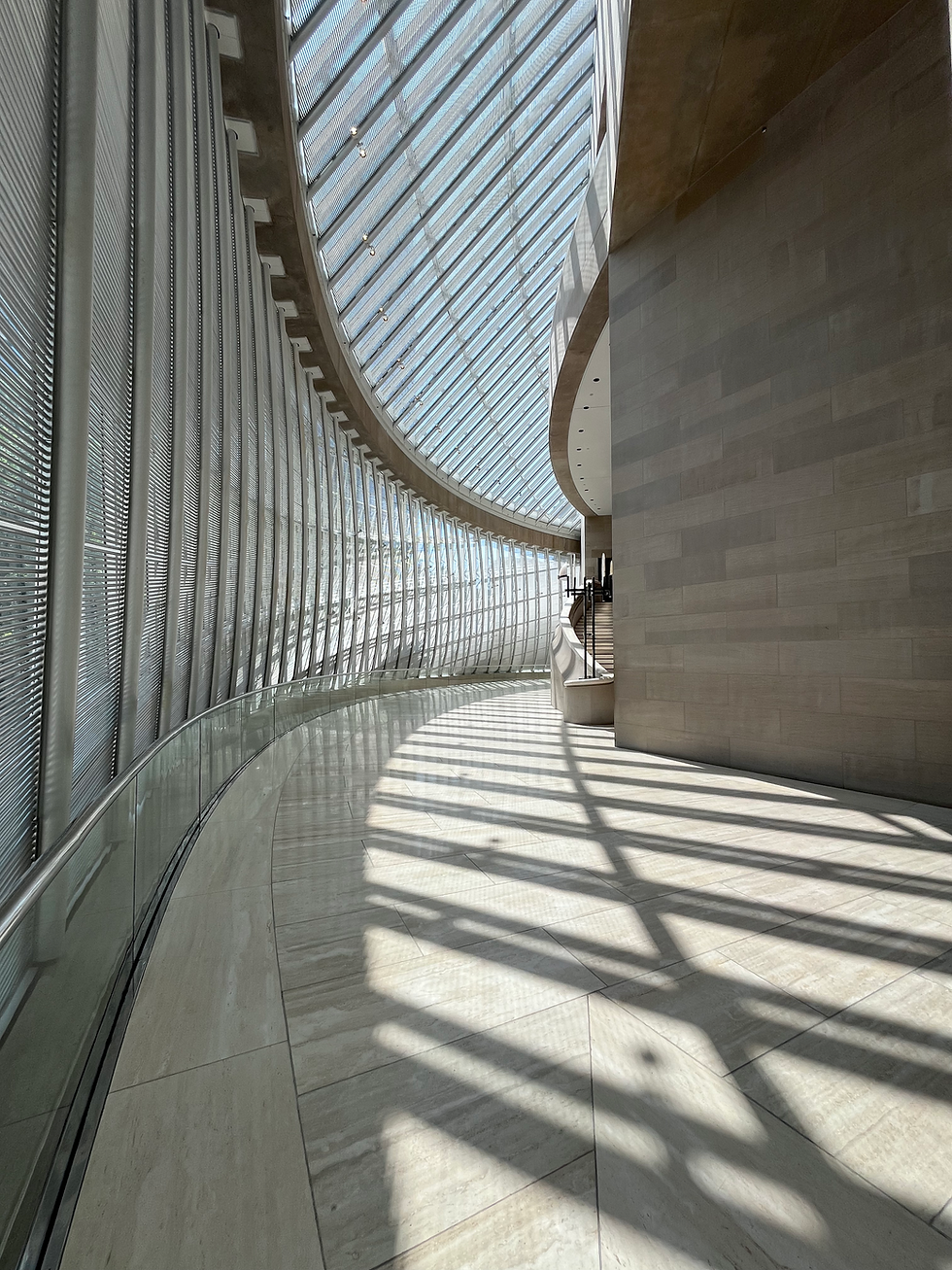Brutalism: The Power of Concrete Design
- Oct 31
- 2 min read
Updated: Nov 1
Concrete structures often evoke strong reactions. Some see them as cold and uninviting, while others find a raw honesty and strength in their form.

What Is Brutalism?
Brutalism emerged in the mid-20th century, primarily from the 1950s to the 1970s. The style is characterized by:
Exposed concrete surfaces, often rough or textured
Massive, block-like forms with strong geometric lines
Minimal ornamentation, focusing on function and material honesty
A sense of monumentality and permanence
The term "brutalism" comes from the French phrase béton brut, meaning raw concrete. Architects like Le Corbusier and Alison and Peter Smithson pioneered this style, aiming to create buildings that were honest, functional, and socially conscious.
Brutalism as a Statement of Social Values
Brutalist buildings often housed public institutions such as libraries, universities, and government offices. Their design reflected ideals of equality and accessibility. The style rejected the decorative excesses of previous architectural trends, instead emphasizing:
Transparency in function and structure
Durability to serve communities for generations
Accessibility through open, communal spaces
This approach aligned with post-war social movements that sought to rebuild society on principles of fairness and shared resources. Brutalism’s raw concrete and bold forms symbolized strength and resilience, qualities needed in times of social change.
Other Major Examples of Brutalism
The Barbican Centre, London
The Barbican is a large brutalist complex that includes housing, arts venues, and public spaces. It has hosted numerous activist events, from environmental campaigns to social justice forums. Its design encourages community engagement and cultural exchange.
Boston City Hall, USA
Boston City Hall is a classic brutalist building that has been the site of many protests and civic actions. Its imposing concrete façade and open plaza create a powerful setting for public discourse and demonstration.
The Future of Brutalism
While brutalism fell out of favor in the late 20th century, it is experiencing a revival. New generations appreciate its honesty and boldness, especially in a world craving authenticity and social engagement.
Architects and activists are exploring ways to adapt brutalist principles for modern needs:
Using sustainable concrete alternatives to reduce environmental impact
Designing flexible spaces that support community activities and protests
Preserving existing brutalist buildings as cultural landmarks tied to social history




